
It’s common for some anime to be adapted into live-action films or series with little attention outside of their country of origin, meaning many viewers don’t even realize they’ve been made. These adaptations frequently condense entire story arcs into a single movie, divide narratives across several films, or change the settings and character backgrounds to better suit live-action production.
Here are fifteen live-action adaptations based on popular anime, including both movies and streaming shows. For each one, we’ll cover the important details of how it was made, where it differs from the original anime, and how the filmmakers presented the story to a new audience.
‘Parasyte: Part 1’ (2014)
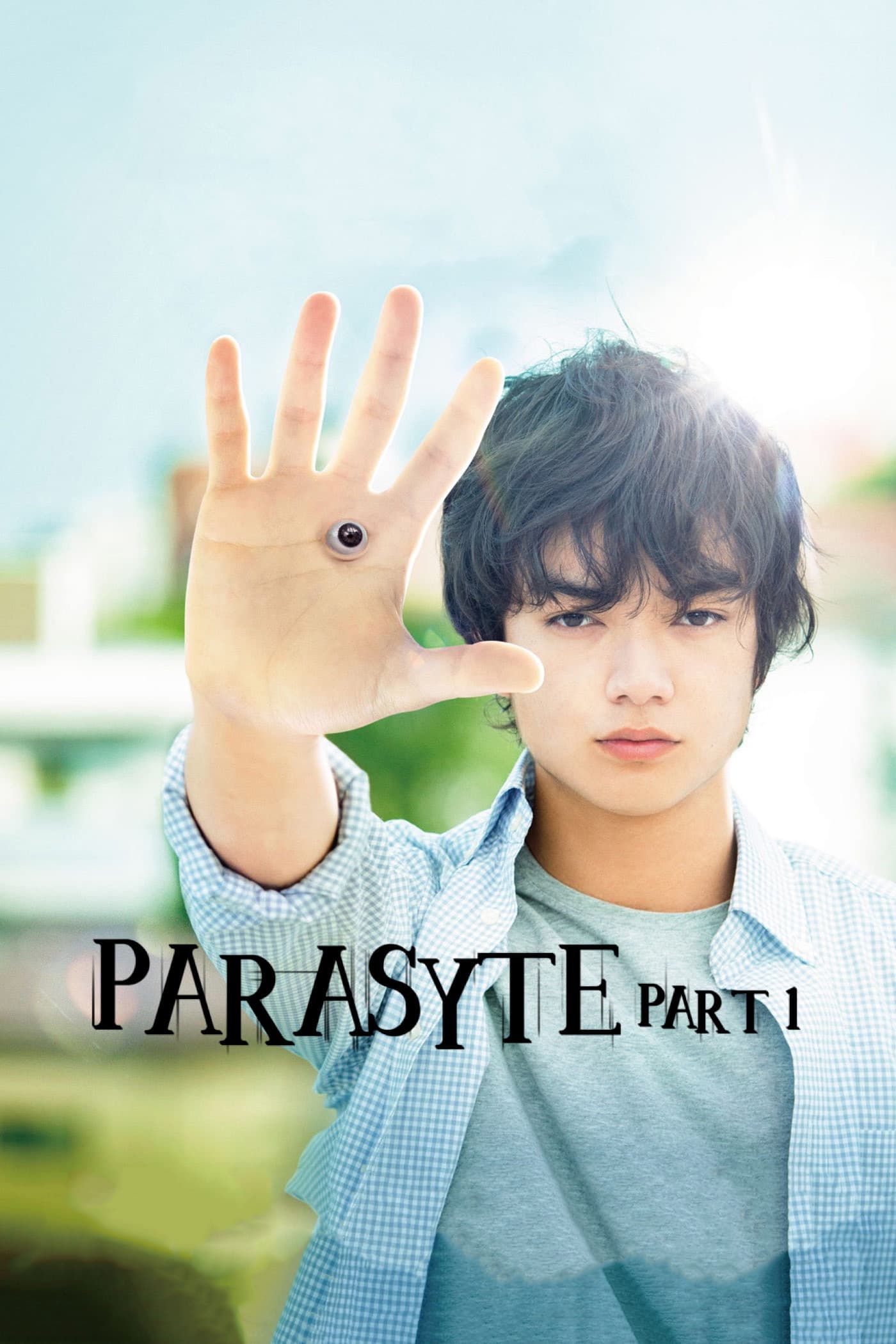
This Japanese film, released in two parts, reimagines the scary concept of the ‘Parasyte’ anime. It centers on Shinichi and his first experiences with these strange creatures, as well as the unique connection he forms with Migi. Directed by Takashi Yamazaki and starring Shota Sometani and Ai Hashimoto, it was produced by Toho. The film uses a lot of special effects to bring Migi and the parasites’ changes to life. The first part of the movie shows how the story begins and focuses on conflicts at school, while also hinting at a bigger mystery that continues in the second film.
This movie version of ‘Parasyte’ simplifies the roles of supporting characters and speeds up the story to fit into a single film. Instead of focusing on flashy animation, it uses real locations in Tokyo and practical effects for the gore. The script also changes some characters’ reasons for acting to make the conflicts happen faster. The second film, which came out in 2015, finishes the story that the first film begins, covering all the events from both the manga and the anime.
‘Erased’ (2017)
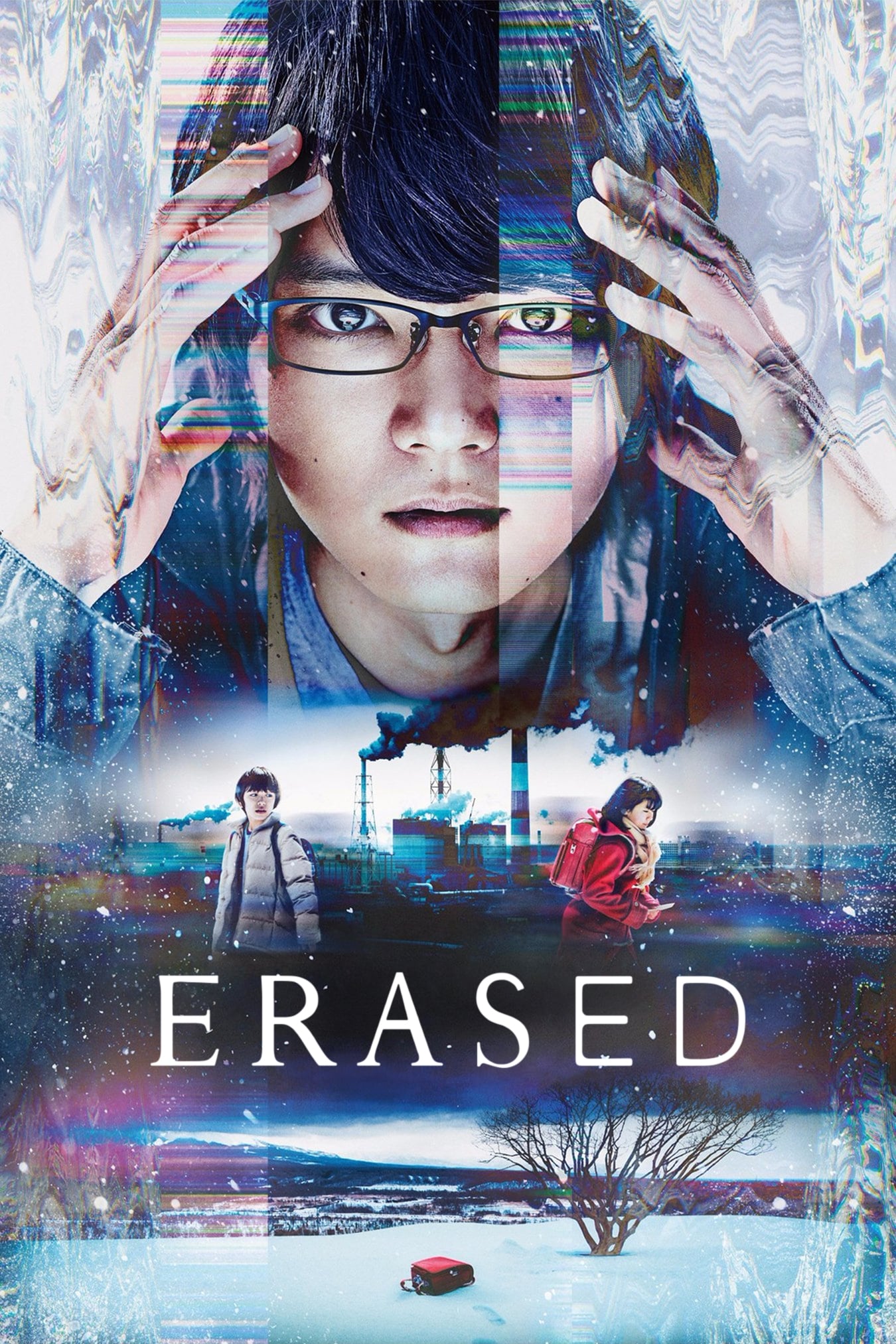
The live-action ‘Erased’ series takes the intriguing time-travel mystery from the ‘Erased’ anime and expands it into a streaming series with multiple episodes. This allows the story to follow the investigation in both the present and the past. Primarily filmed in Hokkaido and Tokyo, the series keeps the core idea of the main character’s ability to “revive” and sticks to the same order of disappearances and rescues as the original story.
In comparison to the ‘Erased’ anime, this series includes extra scenes that delve deeper into the events as adults and make the relationships between the supporting characters and the central mystery clearer. The way the story is broken down into episodes allows the adaptation to faithfully recreate important moments from the source material, while also offering more background information on both the suspect and how the police are handling the investigation. This approach helps the investigation unfold at a pace similar to a live-action drama.
‘Gintama’ (2017)

The ‘Gintama’ film captures the unique mix of historical and science fiction found in the ‘Gintama’ anime by retelling the Benizakura story arc. Directed by Yuichi Fukuda and featuring Shun Oguri, Masaki Suda, and Kanna Hashimoto, the film brings the action to life with impressive large-scale sets recreating Edo-era streets, detailed prosthetics for the alien characters, and skillful wire-work during the sword fights, making the sequences feel realistic.
As a big Gintama fan, I always loved how the anime mixes fun, self-contained episodes with its bigger storylines. But the movie jumps right in, quickly getting all the main characters together and focusing the whole story on the Benizakura conflict. They even made a sequel in 2018 that covered more of the manga! Both films do a great job of squeezing in all the funny running gags and inside jokes we love, while still making sure the important parts of the plot are there. It’s like they really understood what makes Gintama special and managed to fit it all into a movie!
‘Attack on Titan’ (2015)
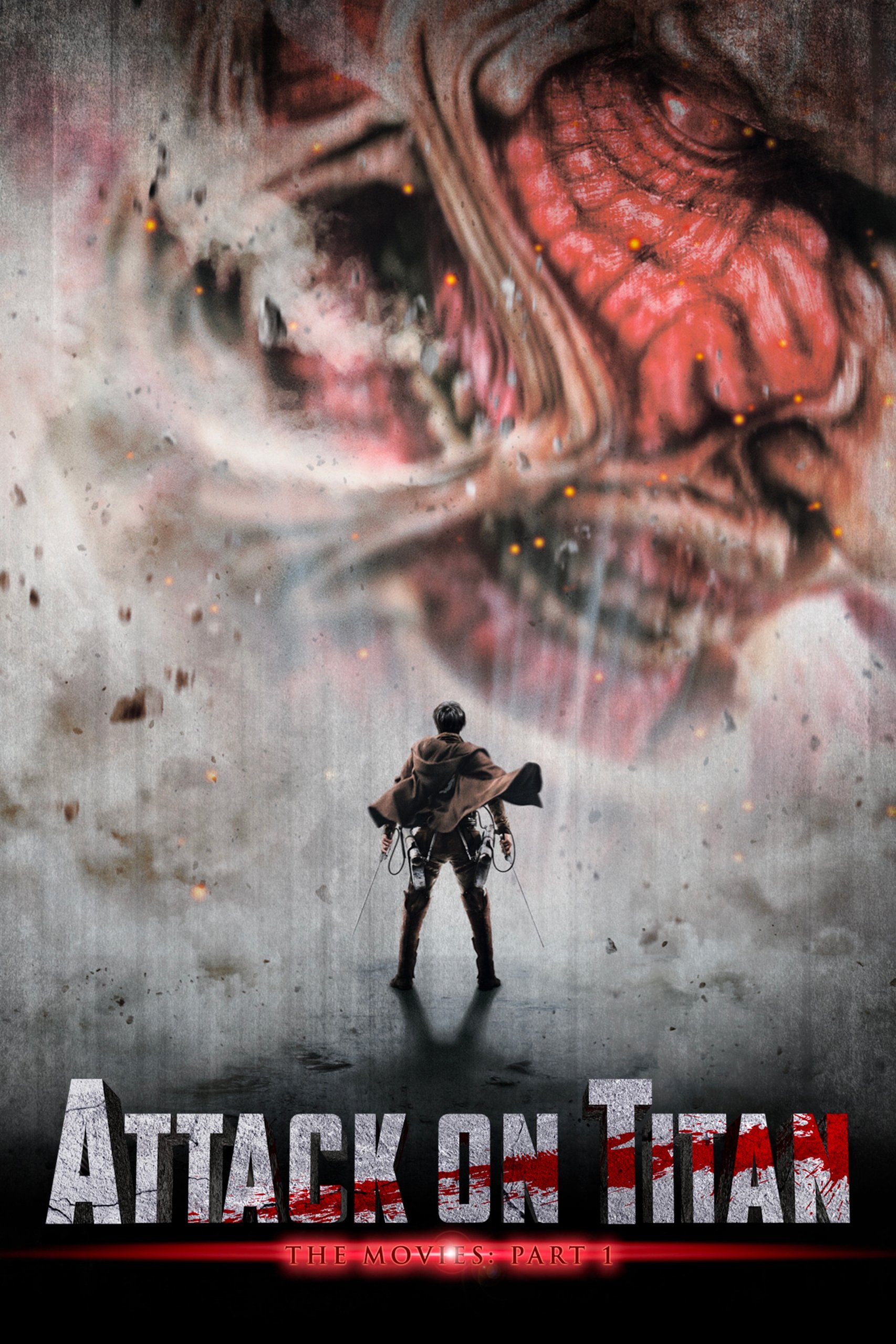
This film adaptation of the ‘Attack on Titan’ anime, based on the initial Wall Maria story arc, was released in two parts in 2015. Directed by Shinji Higuchi and starring Haruma Miura and Kiko Mizuhara, it brings the Titan battles to life using both real-world effects and digital imagery. Filming took place on location at Hashima Island and other industrial areas.
The films make some changes to the characters’ histories and add new details not found in the ‘Attack on Titan’ anime to work better as a live-action movie. Things like military technology, how equipment is used, and certain relationships are presented differently to keep the story moving at a good pace. Because the story is told in two parts, the second film builds on the battle and counterattack ideas that were first shown in the first part.
‘Bleach’ (2018)

This movie is based on the Substitute Shinigami story arc from the ‘Bleach’ anime. It focuses on when Ichigo Kurosaki first fights Hollows and teams up with Rukia Kuchiki. Shinsuke Sato directed the film, and Sota Fukushi and Hana Sugisaki star in it. The movie uses city settings, creates the Hollows with digital effects, and features fight scenes similar to the anime’s early episodes.
The ‘Bleach’ anime has many story arcs and characters, but the film simplifies things by concentrating on Ichigo, Rukia, and Byakuya, creating a complete story on its own. The movie’s plot builds to a final battle related to Rukia’s abilities and duties, and it explains the world of the Soul Reapers bit by bit, making it easy for viewers unfamiliar with the anime to understand.
‘Fullmetal Alchemist’ (2017)
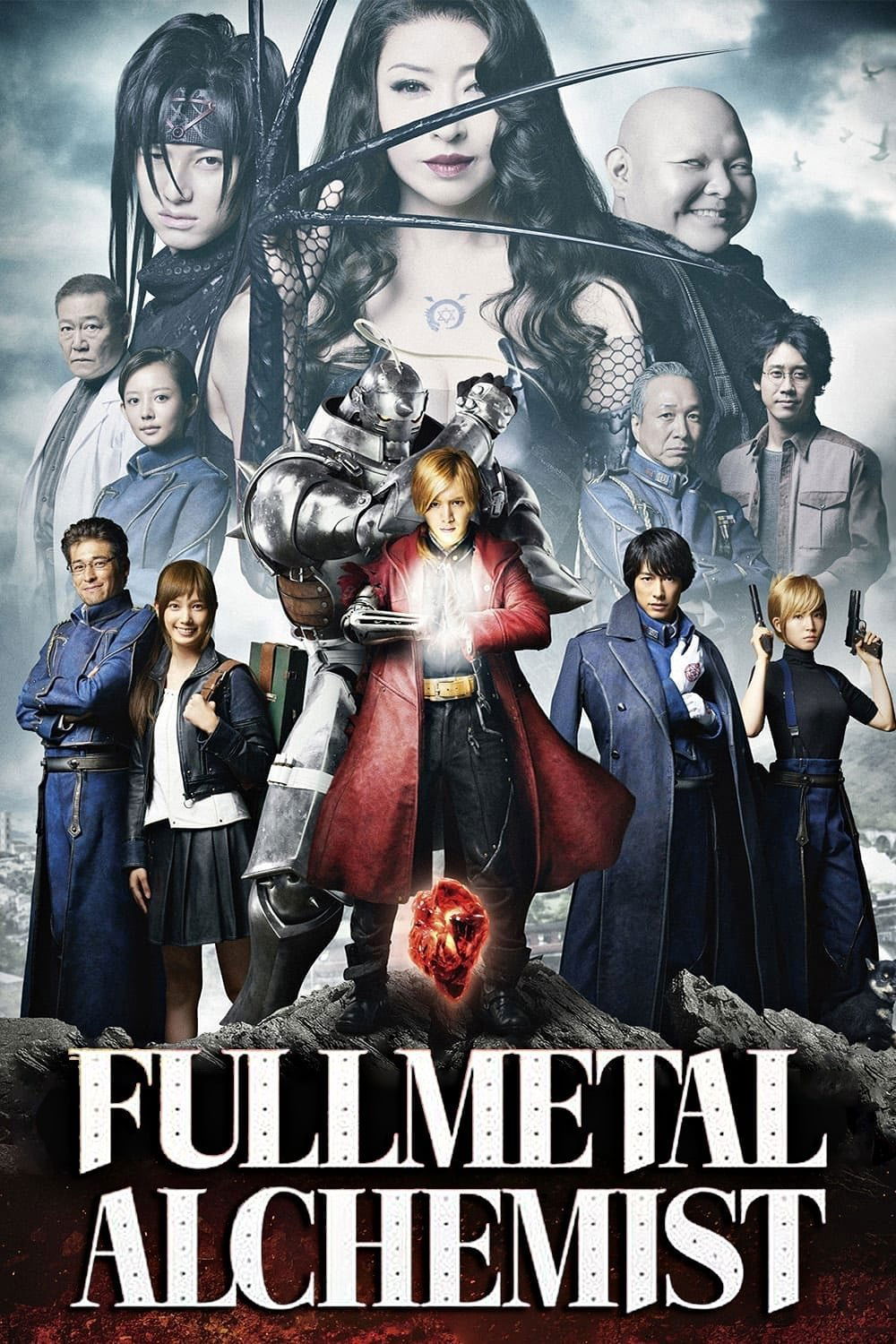
The live-action ‘Fullmetal Alchemist’ movie follows the journey of the Elric brothers, as seen in the ‘Fullmetal Alchemist’ anime. It brings the world of alchemy and automail to life using both computer-generated imagery (CGI) and real-life sets. Directed by Fumihiko Sori and starring Ryosuke Yamada and Tsubasa Honda, the film was shot on location in Europe to accurately recreate the architecture from the original story. It’s a visual adaptation of the beloved anime.
The ‘Fullmetal Alchemist’ anime has a complex and sprawling story, so the film streamlines the beginning by concentrating on the events surrounding human transmutation, the State Alchemist exams, and the mysteries of Lab 5. Two additional films released in 2022 continue the story, revealing important information about the homunculi and showcasing crucial battles that take place within the city, ultimately finishing the main storyline.
‘Mob Psycho 100’ (2018)

This new series brings the story of Mob Psycho 100 – a supernatural tale about growing up – to life as a streaming drama. Tatsuomi Hamada stars as Shigeo “Mob” Kageyama. The show recreates key elements from the anime, like school life, ghost-hunting missions, and battles with other psychic characters, using a combination of practical effects (like wire work) and visual effects designed for a TV series.
The Mob Psycho 100 anime’s over-the-top visual humor is brought to life on stage through clever set design and visual effects, while still tracking Mob’s emotional state using his “percentage” as a story device. The main villains and events within the club are presented in the same order as they were in the first episodes, but with longer conversations to make the increasingly intense psychic fights feel more realistic.
‘Kakegurui’ (2018–2019)

This live-action series is based on the intense world of school gambling seen in the ‘Kakegurui’ anime. Featuring Minami Hamabe and Mahiro Takasugi, it reimagines the school’s power structure and gambling games. Each episode features a full-length match, and the series uses real cards and boards, along with detailed camera work, to clearly show how the betting works.
In comparison to the ‘Kakegurui’ anime, this series includes new competitions and rearranges some of the games to highlight how the student council is organized. Afterwards, two spin-off movies were released, continuing the contests from the TV show and developing storylines such as student elections and the challenges faced by new students-all within the same overall story.
‘The Disastrous Life of Saiki K.’ (2017)

This movie is based on the first year of the anime series ‘The Disastrous Life of Saiki K.’. Kento Yamazaki stars as Kusuo Saiki. The filmmakers used real-life effects and computer-generated imagery to show off Saiki’s powers – like telepathy, telekinesis, and teleportation – as he navigates school and the city. It’s a visually creative adaptation!
The anime ‘The Disastrous Life of Saiki K.’ has been adapted into a movie where the usual short, self-contained stories are woven together into one continuous plot. The movie follows the same characters we meet in the beginning of the series, and it uses key moments – showing off their abilities, family life, and school events – to create funny scenes and memorable set pieces in a live-action format.
‘Death Note’ (2006)

As a critic, I have to say the first Japanese live-action adaptation of ‘Death Note’ really leans into the beginning of the story we all know from the anime. Tatsuya Fujiwara is fantastic as Light Yagami, and Kenichi Matsuyama perfectly captures the enigmatic L. This film was clearly made for the big screen, and it concentrates on those early cases where Kira first starts eliminating criminals, the creation of the task force trying to stop him, and, importantly, it lays out all the rules of that incredibly powerful notebook. It’s a faithful retelling of those initial events, for sure.
The ‘Death Note’ anime has several story arcs, so the film adaptation was divided into two parts released in the same year, with the second film finishing the central conflict. While spin-offs and later versions made in other countries retell the basic story, the two films from 2006 closely follow the anime’s initial major battle and how the rules of the Death Note are first used and explored.
‘Rurouni Kenshin Part I: Origins’ (2012)

The ‘Rurouni Kenshin’ film is based on the Tokyo story arc from the ‘Rurouni Kenshin’ anime series. It shows Kenshin Himura’s promise not to kill and introduces his friends at the Kamiya dojo. Directed by Keishi Otomo and featuring Takeru Satoh and Emi Takei, the film brings the Meiji era to life with detailed sword fighting, authentic sets, and filming on location.
Later films, released from 2014 to 2021, continue the story, exploring Kyoto and backstory elements, much like the major story arcs in the ‘Rurouni Kenshin’ anime. The initial movie focuses on building relationships between characters, explaining why the villains act the way they do, and showing how the police operate. The following films then increase the tension and introduce groups that are explored in detail over several seasons of the anime.
‘Nana’ (2005–2006)

Two films back-to-back bring the music and emotional stories from the ‘Nana’ anime to life. They follow the intertwined journeys of two women, both named Nana, as they navigate life and share an apartment in Tokyo. Mika Nakashima and Aoi Miyazaki star as the leads. The films feature concert scenes filmed in real locations and studio recordings to show the development of the bands.
The ‘Nana’ anime is being released as two full-length movies. These movies retell the same key events from the series, such as dealing with record labels, competition between bands, and the characters’ personal lives. The second movie picks up where the first one leaves off, covering the same ground as the middle part of the original anime – specifically, the band’s recording process and increased attention from the media.
‘Chihayafuru: Part I’ (2016)

This live-action series of three movies is based on the competitive karuta world from the anime Chihayafuru. Suzu Hirose plays Chihaya Ayase, and the films follow the team’s progress as they compete in local and national tournaments. The tournament scenes are filmed with real karuta cards and quick cuts to show how fast the players read and move their hands.
The Chihayafuru anime focuses on important matches and the relationships between the three main characters by streamlining the training and team-building scenes. The third movie, which came out in 2018, finishes the story started in the first two films. It mirrors the anime’s journey from qualifying rounds to major championship games and introduces competitors who are highly skilled, at the master level.
‘Blade of the Immortal’ (2017)
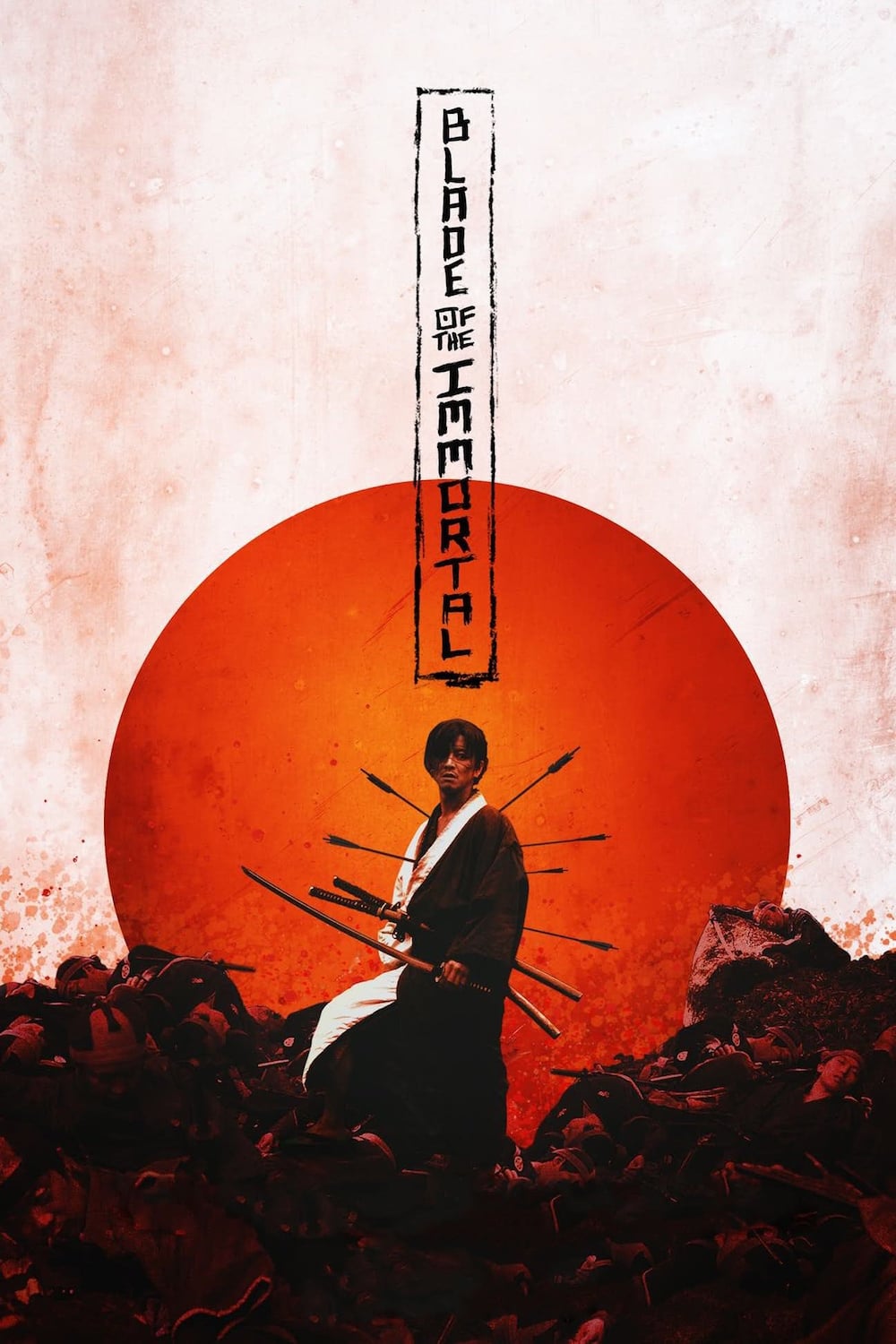
I was completely captivated by Takashi Miike’s take on ‘Blade of the Immortal’! He’s managed to distill the epic revenge story from the anime into one incredible film. Takuya Kimura and Hana Sugisaki are phenomenal in the lead roles, and the action sequences are just breathtaking. The choreography really emphasizes these long, drawn-out sword fights, and they didn’t shy away from using practical effects – lots of realistic blood to show these huge battles. It truly brings the scale of the skirmishes to life.
The anime series ‘Blade of the Immortal’ rearranges its individual episodes to create a more impactful build-up to the central showdown, ultimately settling the main conflict. The film focuses on the most important villains and shortens the travel portions, all while keeping the relationship between the experienced teacher and the student – a key element that pushes the story forward through training and unexpected attacks during their travels.
‘Black Butler’ (2014)
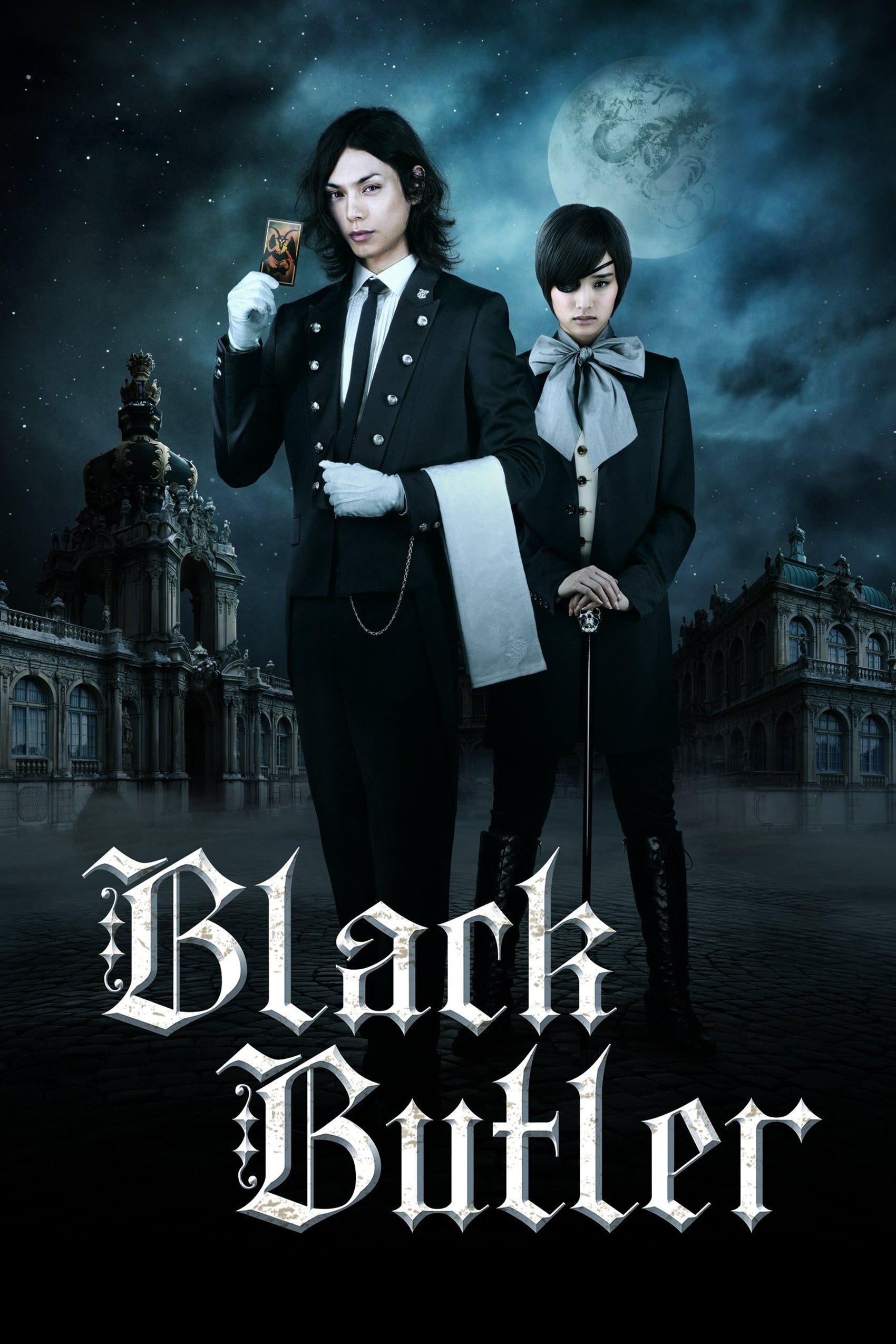
This movie brings the world and characters from the ‘Black Butler’ anime to life. It focuses on the deal made between a young aristocrat and his demon butler. The film is directed by Kentaro Otani and Keiichi Sato, and it reimagines the story in a time close to our own future. Hiro Mizushima plays the role of Sebastian.
The ‘Black Butler’ anime takes place in Victorian England, but this film updates the look with contemporary production design. The mystery in the movie is brand new, created specifically for this adaptation. Important parts of the story – like the butler’s skills, the special seal, and the agreement between master and servant – remain the same. However, the supporting characters have been changed to better suit the updated time period and the film’s self-contained story.
Share the live-action adaptations that surprised you most in the comments.
Read More
- Fed’s Rate Stasis and Crypto’s Unseen Dance
- Blake Lively-Justin Baldoni’s Deposition Postponed to THIS Date Amid Ongoing Legal Battle, Here’s Why
- Global-e Online: A Portfolio Manager’s Take on Tariffs and Triumphs
- Dogecoin’s Decline and the Fed’s Shadow
- Ridley Scott Reveals He Turned Down $20 Million to Direct TERMINATOR 3
- The VIX Drop: A Contrarian’s Guide to Market Myths
- Baby Steps tips you need to know
- Top 10 Coolest Things About Goemon Ishikawa XIII
- Top 10 Coolest Things About Indiana Jones
- Northside Capital’s Great EOG Fire Sale: $6.1M Goes Poof!
2025-10-02 13:48